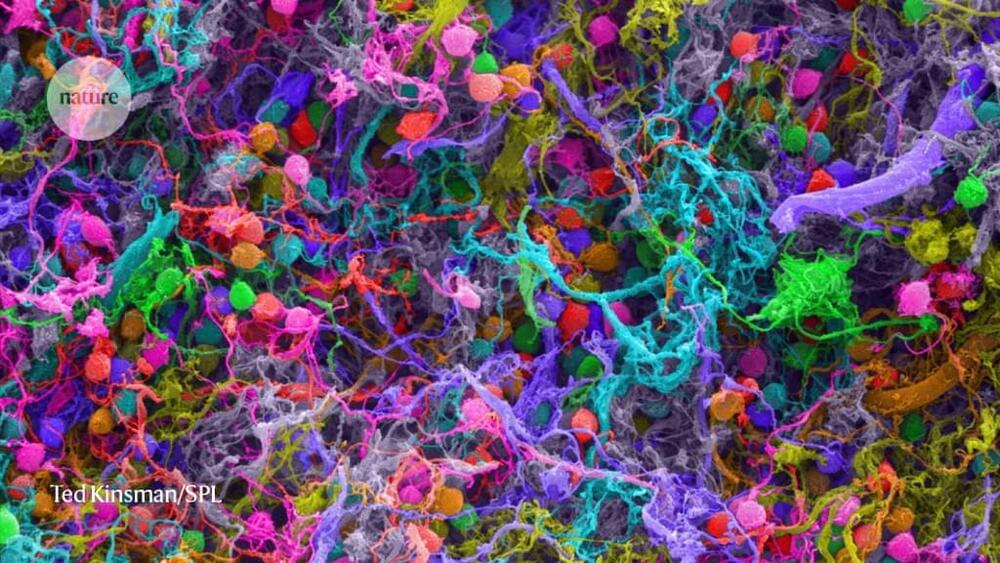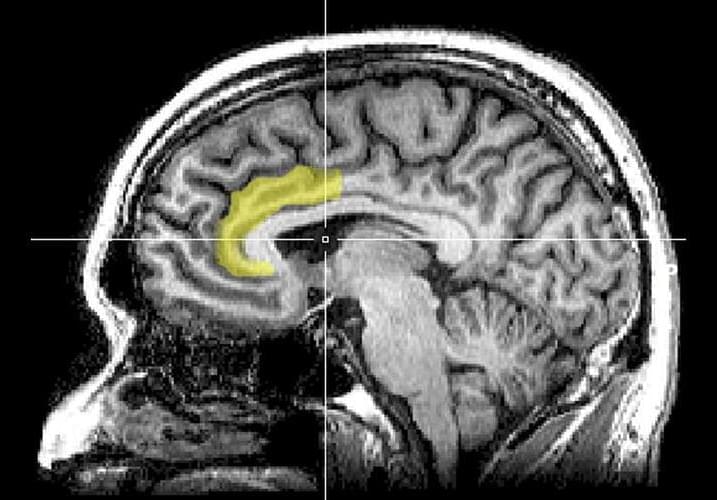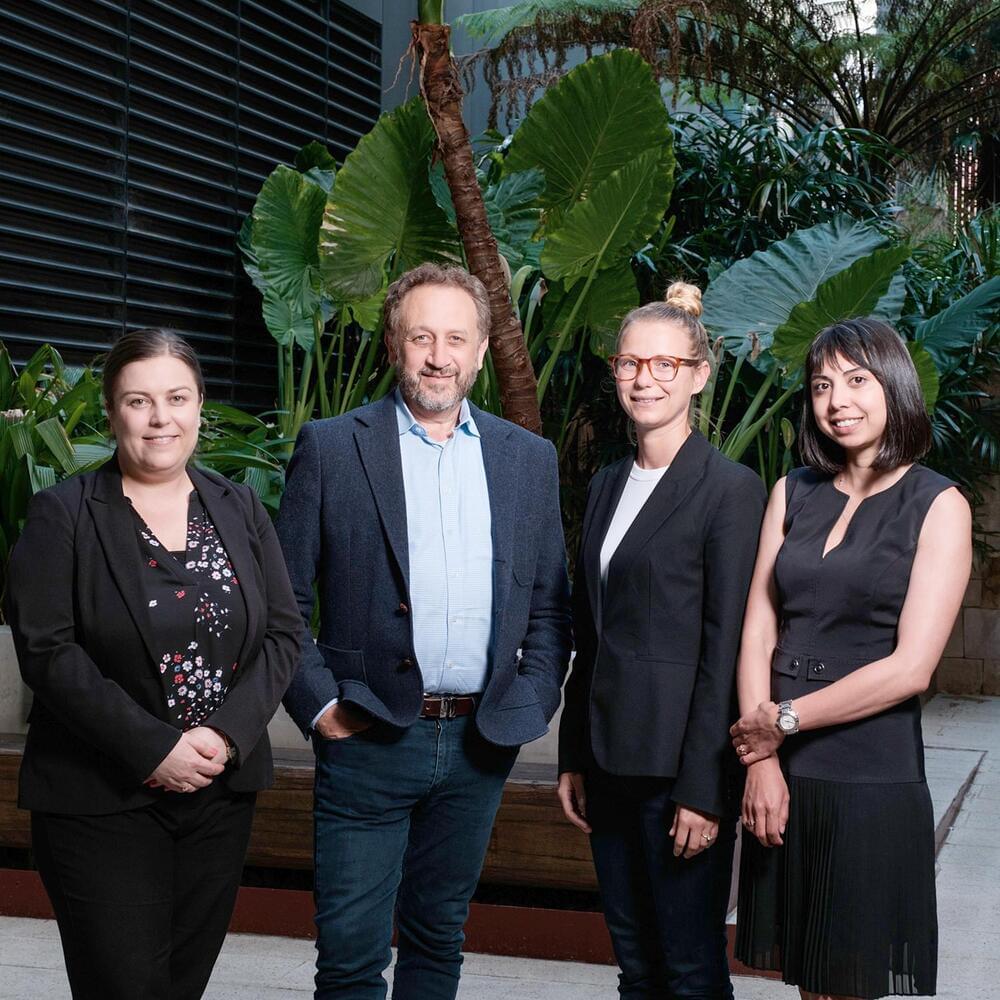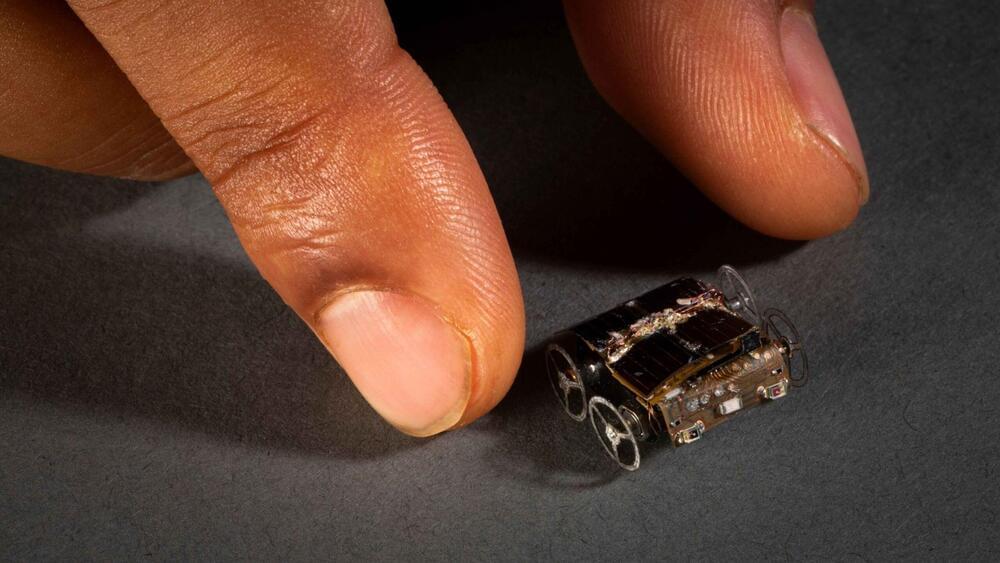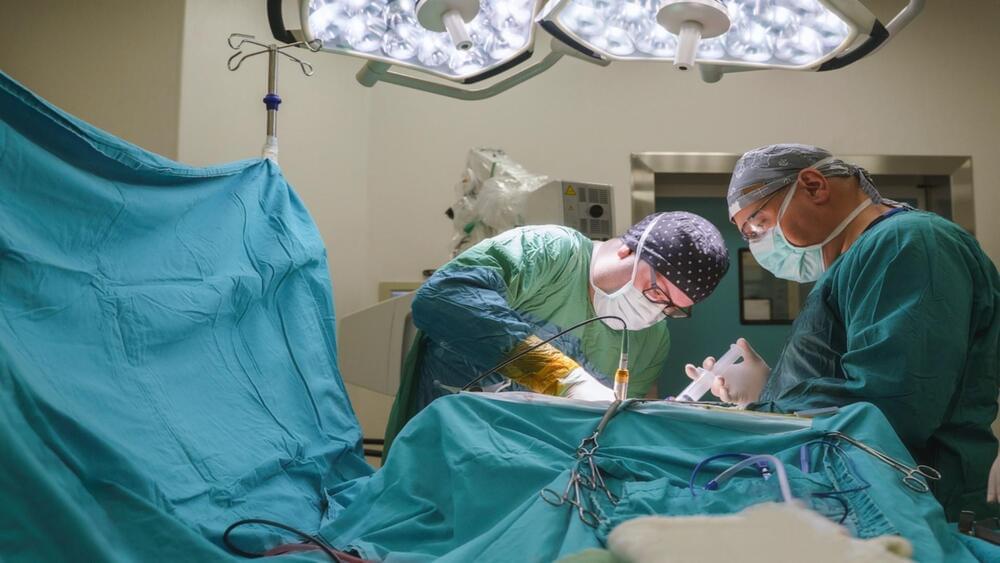A letter, signed by 124 scholars and posted online last week, has caused an uproar in the consciousness-research community. It argues that a prominent theory describing what makes someone or something conscious — called the integrated information theory (IIT) — should be labelled as pseudoscience. Since its publication on 15 September in the preprint repository PsyArXiv1, the letter has resulted in some researchers arguing over the label and others worrying that it will increase polarization in a field that has grappled with issues of credibility in the past.
Decades-long bet on consciousness ends — and it’s philosopher 1, neuroscientist 0
“I think it’s inflammatory to describe IIT as pseudoscience,” says neuroscientist Anil Seth, director of the Centre for Consciousness Science at the University of Sussex near Brighton, UK, adding that he disagrees with the label. “IIT is a theory, of course, and therefore may be empirically wrong,” says Christof Koch, a meritorious investigator at the Allen Institute for Brain Science in Seattle, Washington, and a proponent of the theory. But he says that it makes its assumptions — for example, that consciousness has a physical basis and can be mathematically measured — very clear.
Researchers publicly call out theory that they say is not well supported by science, but that gets undue attention.
